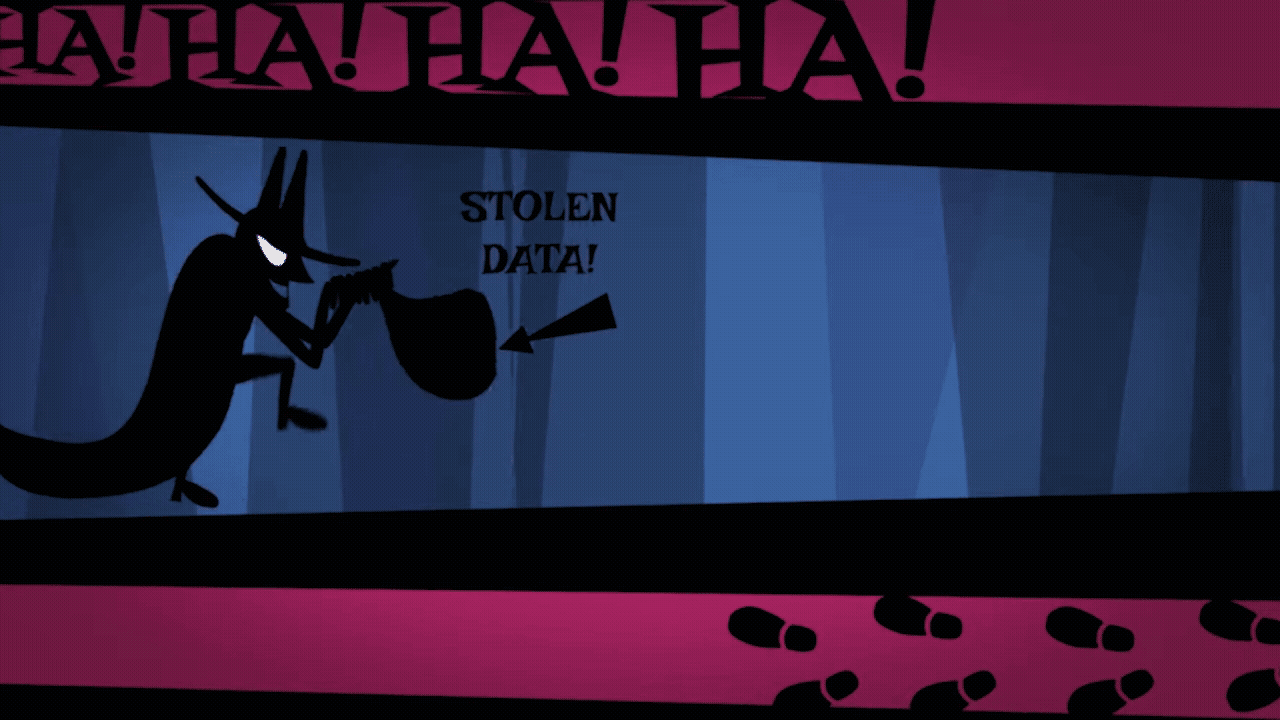Leadership •
5 Factors that Can Keep Your District Growing During Superintendent Succession
BY Scott GlinskiScott Glinski

“I would upgrade to a better SIS, but I’m about to retire.”
If this statement rings true, we’re here to change your mind.
Districts need their superintendents to set the course to success, and it can be daunting to embark on multiple big changes at once, but an upcoming retirement or superintendent search doesn’t mean the district has to pump the brakes on new edtech implementations. Here are five core pillars that help shore up momentum.
1. Vendor trust
This is number one for a reason. A trustworthy vendor provides teamwork and legwork to keep implementations flowing smoothly. Ideally, this important partnership is one of give and take: not only does the district leadership team set expectations for what needs to be accomplished, but the vendor provides a roadmap of how to get there.Green flags: Your vendor takes the lead on mapping out the next steps for implementation, provides guidelines for data transfer early on, and actively reaches out to check on how the implementation champions are feeling about the process. They don’t hesitate to chase down red flags and have a plan for training, data backups, and security.
2. Mission and vision
If your district doesn’t have these important guidelines, here’s a way to get them set in stone. Because that truly is the measure of a successful and compelling mission and vision: it’s the cornerstone of all district initiatives, plans, and actions.Would it be true to your mission and vision to delay progress meant to boost student success or staff experience?
Green flags: Your district mission and vision are compelling and motivating. They make it hard to resist working toward a better future for everyone in the district, even when your focus strays toward the next horizon.
3. Radical self-awareness and extreme ownership
This is pretty unique to the tippy top of district leadership. You probably already know to know yourself is to be a more effective leader. Sometimes the most effective leaders must yield to the contributors of their team and allow them to take extreme ownership of their own progress.While it’s undeniable the superintendent is a pillar of any implementation, it’s equally possible their team is standing by ready to dive into the mission and own every step.
As you contemplate your personal goals and timelines, radical self-awareness can illuminate your own blind spots and underlying motives. Is it really a bad time to implement new tech, or are you less willing because of your own personal distractions?
Green flags: Your CTO, CFO, and other district experts work together like well-oiled machines. They’re confident in their ability to tackle challenges and you are too—so much so that you’re rarely stepping in to consult on daily district happenings and bigger challenges.
4. A coaching culture
Your staff culture can be described in one word: trust. Whether you’ve implemented mentorship programs or simply created psychological safety, your staff teams don’t feel shy about speaking up and sharing feedback, good or critical.This type of culture is deceptive in the best way. The positive climate a coaching culture creates could feel so buoyant you forget your teams are encountering and crushing problems constantly. Why disrupt the hard-won flow? Because your team deserves the chance to tackle a challenge that makes daily life easier in the long run.
Green flags: Your staff works in harmony most of the time. They’ve deliberately built their own scaffolding and coaching systems. You never worry about school-level challenges because of your excellent teams.
5. Advisory committee
Not only do you have stakeholders at the district leadership level who advise you, but you also have a team of staff, parents, students, and community members. That’s right, you’ve built yourself an advisory committee to weigh in on big decisions before you make them. Go you!Of course, advice is simply input to be considered. Ultimately, the decision rests with district leadership and the superintendent’s final approval. However, an advisory committee gives a pulse check into what stakeholders at all levels experience. Your school board may also provide community advisory resources and serve as a great bridge between one district leader and the next.
Green flags: Your advisory committee has been around for a while and has experience of their own to draw from. You trust their input and often use it to form an educated judgment of how to proceed. You have a great professional relationship with the school board and can depend on them to support your vision for success, purchasing decisions, and long-term strategies.
Superintendents are rock stars of K12 schools, but sometimes the show must go on. Luckily, these district admin experts are well-versed in making tough but fair decisions—even when they’re moving on to greener pastures to view progress from afar.
Best of luck.
Follow-up resource: What kind of education leader are you?
Take a fun quiz to find out more about your unique leadership personality.WHAT'S NEXT FOR YOUR EDTECH? The right combo of tools & support retains staff and serves students better. We'd love to help. Visit skyward.com/get-started to learn more.

|
Scott Glinski Skyward CEO |




